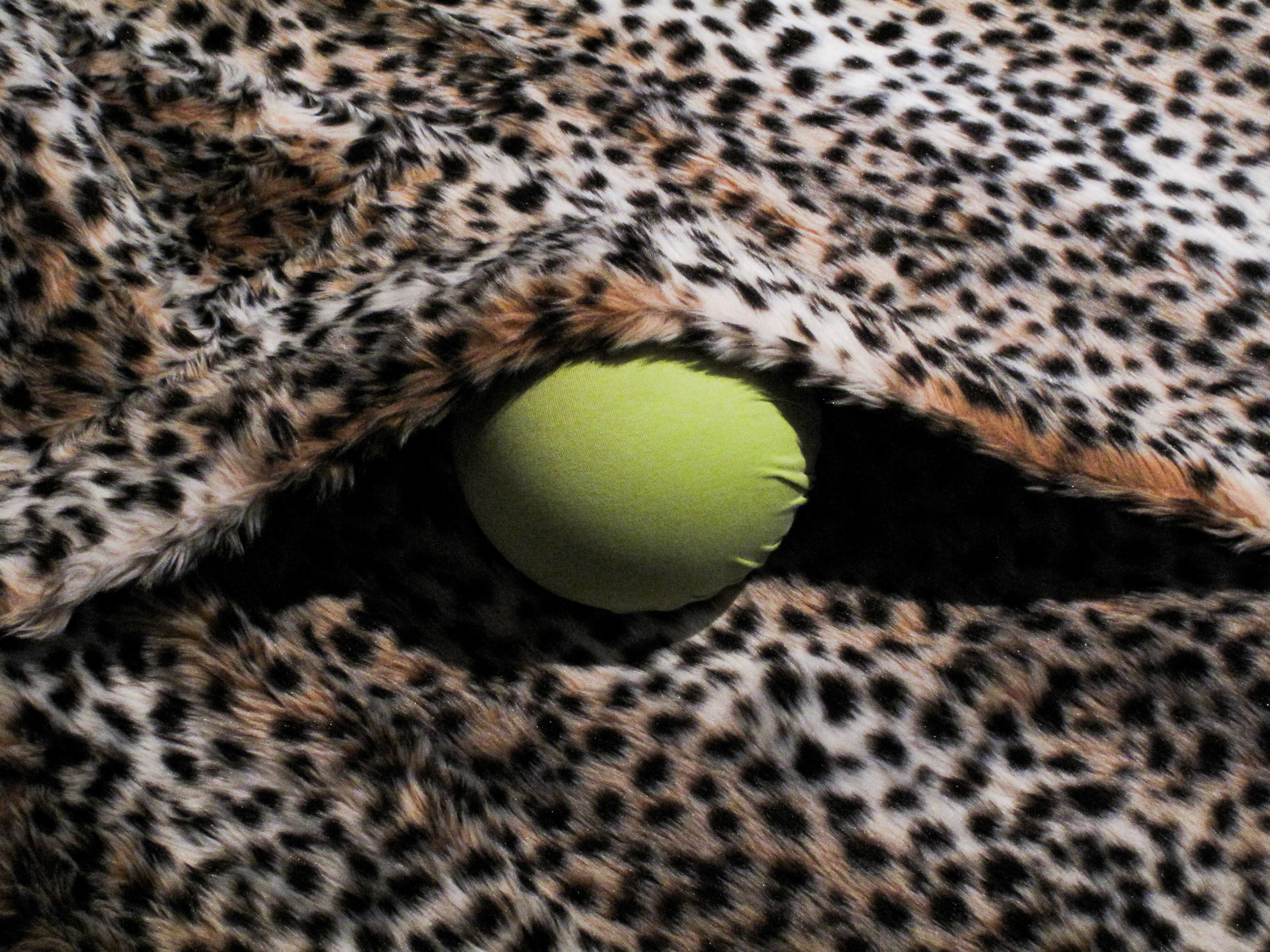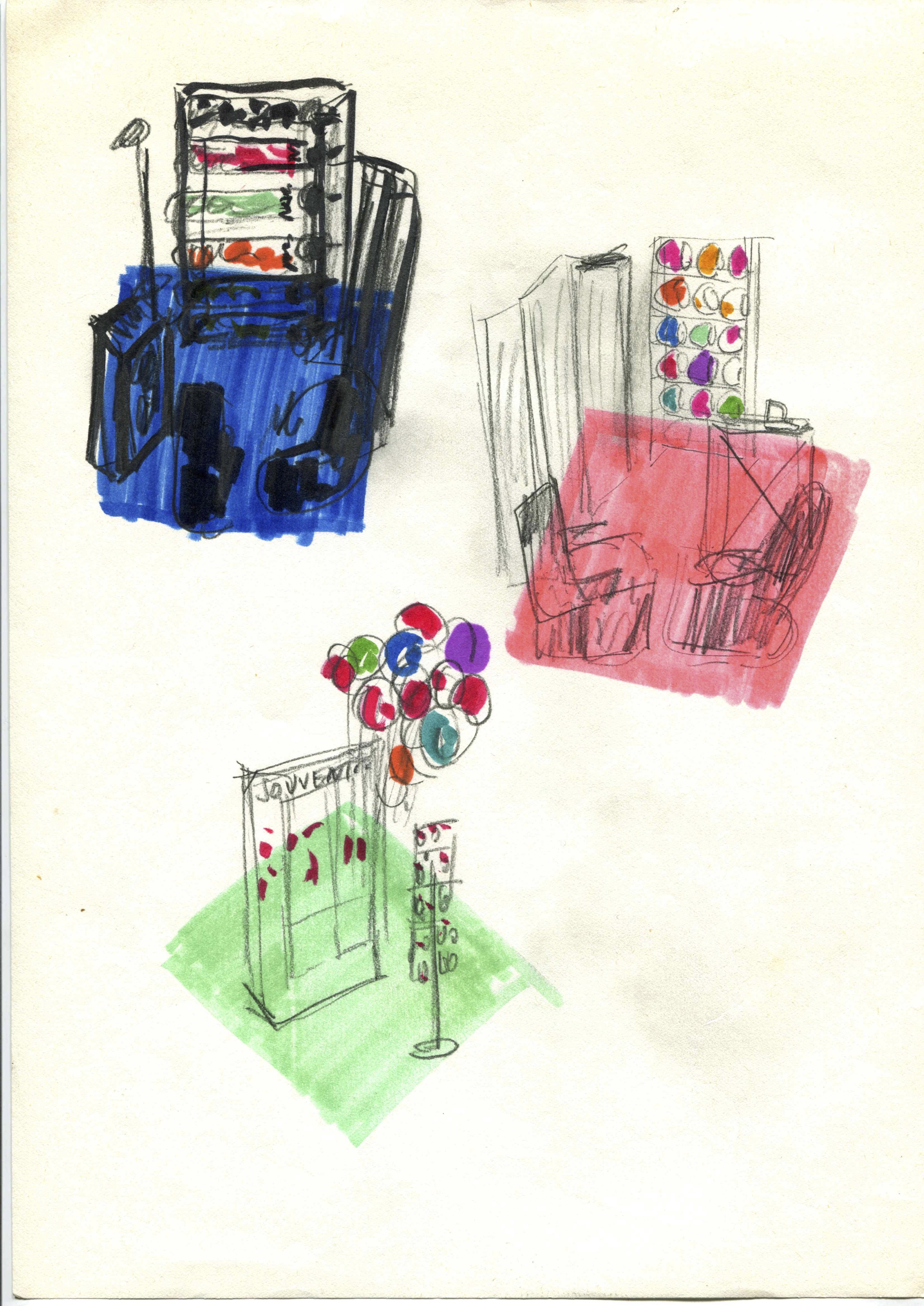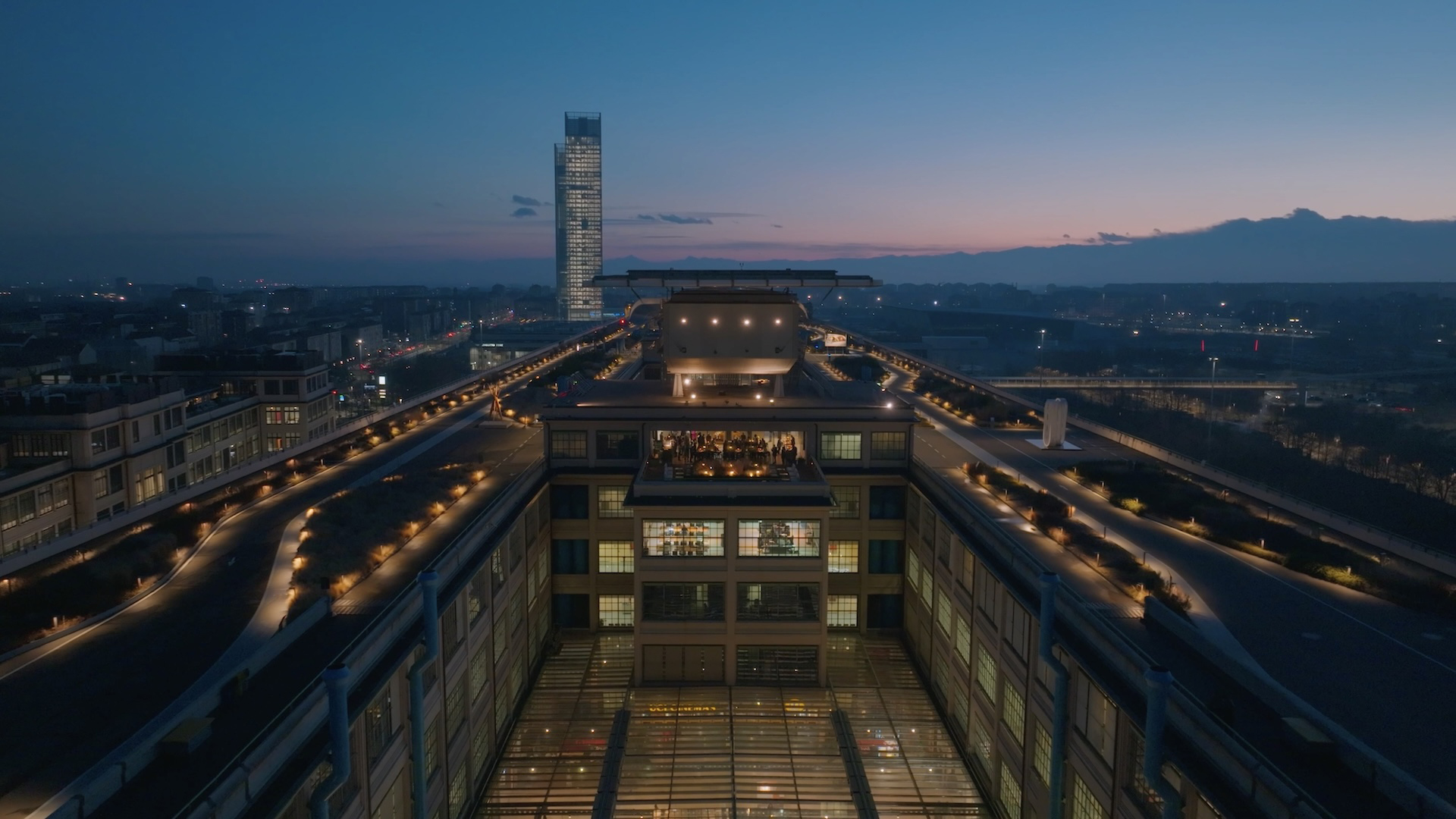
Marion Baruch at the Museo Novecento in Florence
"One Step Forward, Many Steps Back” is the most extensive exhibition ever dedicated to Baruch in Italy: an existential and creative journey through the 20th century, from the trauma of exile to the freedom of form.
A free and bold spirit, an indefatigable investigator of nearly a century of history. Marion Baruch (Timișoara, 1929), an artist whose dynamic energy has translated into boundless creativity, is the subject of the retrospective "Un passo avanti e tanti indietro", at the Museo Novecento in Florence. The exhibition (its title inspired by a recently produced textile work), curated by Sergio Risaliti and Stefania Rispoli, is the most extensive ever staged in an Italian institution. It spans not only the museum’s first floor but also the spaces of Manifattura Tabacchi and Polimoda, both of which have generously collaborated in bringing the project to life.
Baruch’s life has traversed the entirety of the "short century," exposing her to the contradictions and horrors of totalitarian regimes, along with war and mass deportations. Her only solace was drawing, a daily practice from an early age, even during her exile in the Romanian countryside. “Around the age of 13, we took refuge one summer from the bombings in the city. Every night, from the so-called saviors we had invoked, to the countryside among the peasants. No running water or electricity, nothing to eat but polenta and milk or an onion. And yet, it was the happiest time of my childhood: working in the fields with the farmers, the little room with heavy carved furniture and the colorful embroideries of Romanian folklore—it made me happy. I started drawing every day and felt I would never stop.”
 Marion Baruch, 2022 ph. Peter Colombo
Marion Baruch, 2022 ph. Peter Colombo
After training at the Academy of Fine Arts in Bucharest and later in Jerusalem at the Bezalel Academy of Arts and Design, Baruch arrived in Rome in the mid-1950s before settling permanently in Gallarate in the 1970s. In this Italian city, closely tied to the textile industry, she established both her home and studio, which she left only during her Parisian period (1993–2010), when she also dedicated herself to relational art projects. Having explored sculpture, performance, and happenings, from 2012 onwards, fabric scraps became the central focus of her artistic inquiry. “Changing the way I lived to immerse myself in what was happening around me, socially and artistically, to the point of breaking down barriers… that has been my profound transformation, my personal revolution.”
Versatile and inexhaustible, Baruch employs a variety of media to explore themes such as labor, migration, feminism, patriarchy, consumer society, and the internet. But language, whose power she discovered early on, also captures her interest. A citizen of the world—"I feel at home everywhere and with anyone"—she grew up between two wars in the bitter antagonism between Hungarians and Romanians, only to discover as an adult that while these two peoples fought each other, love flowed between their languages. The word between takes on solid substance in her practice. Fascinated by things that exist in the in-between, in the malleable space of metamorphosis, she recognizes in the journey between self and other an extremely creative moment, one that opens the porosity of the artwork to innovation, the unknown, and the unknowable.
Without necessarily following a chronological order, the exhibition (on view until June 8, 2025) presents a selection of works that trace the various stages of the artist’s evolution. It begins with her involvement in the complex feminist movement of the 1960s and 1970s, when the body became a material for art, and Baruch experimented with hybrid sculptures designed to be activated through physical presence. It was during this period that she created the iconic Abito Contenitore (1969–1970), a wearable object that she inhabited—first on the streets of Milan, then in her studio—photographed by Berengo Gardin. The exhibition continues with her performative sculptures and works created in collaboration with designers such as AG Fronzoni and Dino Gavina. It also delves into her partnership with Luciano Inga Pin’s gallery in Milan, where the "monitor" and "super/art" works, produced from the mid-1980s with the collaboration of Paolo Baj’s woodworking shop, introduce the theme of emptiness, crucial to her poetics.
In 1990, she began signing her work as NAME DIFFUSION—a fictional enterprise, yet officially registered with the Chamber of Commerce in Varese—designed to subvert the concept of authorship, so cherished by the art system. This act sparked reflection on issues such as the relationship between art and society, space and memory, labor and value, consumption, the body, and production. What followed were the Paris years, marked by collective and participatory works, and finally, the textile-based creations made after 2000, for which she is most widely recognized internationally.
 Exhibition view of Marion Baruch – Soziales Gewebe at Haus Lange Kunstmuseen Krefeld, photo: Dirk Rose
Exhibition view of Marion Baruch – Soziales Gewebe at Haus Lange Kunstmuseen Krefeld, photo: Dirk Rose
“For me, textiles are something that lives and breathes—I sense the ineffability of their breath, or their flow, a continuous flow that is also that of society as a whole. It reflects the history of humanity and, at the same time, the social dimension of labor.” Using fabric remnants, Baruch subtly critiques overproduction and waste—consequences of consumer habits—giving life to delicate sculptural compositions that thrive on the interplay of voids and solids, not in conflict but in mutual exaltation. Seen together in this long-overdue retrospective, these works appear to float in a suspended time, in a space free of clutter and material weight. If the final essence of her work could be summed up in a single word, it would be poetry. Not only for a lifelong attitude of experimentation but also because, as Paul Celan wrote, “Poems are gifts—gifts for those who remain vigilant. Gifts that carry a destiny.”
Cover image: Marion Baruch working in her studio, 2024 ph. Peter Colombo
An art critic and curator, she writes for Italian and foreign magazines with a focus on contemporary art and attention to fashion, design and photography. An independent curator, she has produced photography and contemporary art exhibitions, art books and exhibition catalogues. She teaches History of Fashion and Text Methodology at the IED in Milan, where she is also a consultant for the area of artistic research. In 2014, he launched his blog thedummystales.com, a cultural destination where art and fashion have been dialoguing in unison, and uninterruptedly, for more than 10 years.








